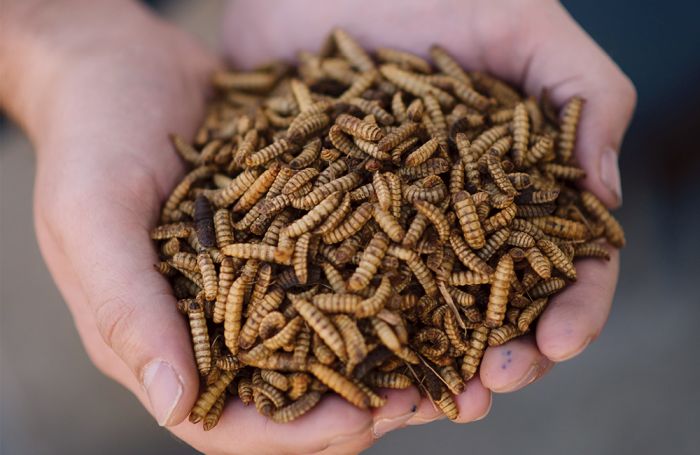Compostable ‘bioplastics’ make inroads with consumers
Looking for an eco-friendly alternative to traditional plastics — especially single-use items like bags, straws and picnic tableware — many supermarkets and vendors are offering an array of compostable alternatives made from plant fibers or starches.
“The market for compostable products is growing at an incredible pace,” says Olga Kachook, sustainability manager for Petaluma, California-based World Centric, which makes ones geared mostly toward food services in stadiums, school cafeterias, hotels, restaurants and convention centers. Those facilities work with industrial composting facilities, which can cut their waste exponentially.
Bioplastics, as the rapidly evolving products are also known, can be made from corn, potatoes, rice, tapioca, palm fiber, wood cellulose, wheat fiber, sugar, or sometimes even shrimp shells, seaweed or algae. Not all bioplastics are compostable, but those that are can go right into one big industrial-composting bin along with food waste.
“Ultimately, all households will need to have a three-bin system, for industrial compost, recycling and waste. Consumers and companies are trying hard to identify more sustainable ways of doing things, and compostable products are an important part of the picture,” says Rhodes Yepsen, executive director of the New York-based Biodegradable Products Institute, which offers a certification ensuring that products claiming to be compostable actually are.
Items must be thin enough to be compostable. Products that are certified compostable either carry BPI’s seal of approval or are listed on the organization’s website.
The number of certified compostable products has increased by 80 percent in the past few years, according to BPI. Many of these products, like bags, cups and dishes, are increasingly available in grocery stores.
But compostable technology is still new, and whether or not products are certified, it’s best to check with your local composting facility before adding them to the rest of your organic waste, experts agree.
Melissa Ozawa, gardening and features editor at Martha Stewart Living magazine, says, “The best thing you can do is to use reusables. Keep your own utensils at work, your own tote bag for the grocery store, glass containers for home storage. And if you decide to use bioplastics and don’t have access to a composting facility, consider joining with others in your community to try to get one. They won’t biodegrade in your home garden or in a landfill.”
Yepsen says over 5 million households already have three-bin systems.
“We have a long way to go, but it’s encouraging to think about where recycling was in the ’80s and where it is now,” he says. “That’s what’s happening now with compostables. It will take some time, but I fully expect in the next 10 to 20 years, most communities will have curbside compost pickup.”
But critics say bioplastics are no silver bullet.
“They’re not as great as they seem at first glance,” says Brett Stevens, global vice president of material sales and procurement at the recycling company TerraCycle, based in Trenton, New Jersey.
Most households have no access to the industrial composting facilities needed to quickly break down these products, he notes. If they are tossed in with other plastics for recycling, they pollute the recycling stream, and if tossed in the trash, they aren’t much better than traditional plastic.
Compostable products “are renewable in the sense that they can be grown and regenerated again and again,” writes Tom Szaky, TerraCycle’s CEO, in his book “From Linear to Circular: The Future of Packaging” (2019, Berrett-Koehler Publishers).
“What most consumers don’t realize is that biodegradable bioplastics will break down only under the right conditions — those of an industrial composting facility. And even if that happens, they won’t contribute value to the compost, unlike coffee grounds or leaves, which have a wide range of micro- and macronutrients as well as a living ecosystem of bacteria and other microbes,” Szaky says.
If sent to an industrial-scale composting facility “with actively managed piles of compost under controlled conditions, and fed a diet of digest microbes,” compostable products will break down in less than two months, says Jeremy Kranowitz, a board member of the non-profit group Sustainable America. ” In someone’s backyard compost heap, it could easily take more than a year. If they are accidentally sent to a landfill and buried, it could take over a century. And if they go into a plastics recycling bin, they will contaminate the recycling process.”
Those promoting compostable plastics counter that plastic recycling is already problematic, since only a small fraction of plastic products make it into the recycling stream, and the market for recycled plastics is limited.
They also say that no matter where bioplastics end up, they are more sustainable to produce than traditional plastics, made from fossil fuels. And even detractors admit that if compostable products do end up in oceans, they break down more quickly than traditional plastics.
“It’s complicated,” says Yepsen. “But the composting infrastructure is slowly being built up across the country, and there’s huge potential in this.”

 TerraCycle, the world’s leader in the collection and repurposing of complex waste streams, has joined forces with Keep Liberty Beautiful (KLB), a Keep America Beautiful affiliate, to collect and recycle cigarette butts throughout Liberty County and Fort Stewart.
“Because cigarette butts are so small, some people do not think they are littering,” said KLB Executive Director Karen Bell. “By working with volunteers throughout Liberty County to conduct cleanups and recycle the cigarette butts it brings awareness to the cigarette litter prevention program.” She also said, “We will 50 cigarette receptacles that Liberty County businesses, parks, restaurants, and bars can have for free! We will have volunteers that will empty the receptacles and ship them off to be recycled.”
Through this program, KLB is not only addressing the nation’s most commonly littered item but also a form of unbiodegradable plastic waste. Since implementing cigarette receptacles in 2014, Keep Liberty Beautiful has raised awareness and furthered their goal of achieving cigarette litter reduction throughout Liberty County and Fort Stewart.
KLB has placed cigarette receptacles in a variety of locations throughout the county including but not limited to: three in Riceboro Creek, one in the Midway Community Complex, one in Half Moon Marina and six at bus stops along General Screven Way. KLB currently maintains a total of thirteen cigarette receptacles throughout the county and ships all collected waste to TerraCycle for recycling.
When processed, the paper and tobacco is separated from the filter and composted. The filter is recycled into plastic pellets which can be used by manufacturers to make a number of products such as shipping pallets, ashtrays and park benches.
“These receptacles will help keep Liberty County free of one of the most littered items on the planet,” said Tom Szaky, founder and CEO of TerraCycle. “With this program, KLB is taking a step to reduce the amount of trash going to landfill while also preserving the area’s natural beauty.”
TerraCycle has collected hundreds of millions of cigarette butts globally. Additionally, through its various recycling programs, it has engaged over 100 million people across 21 countries to collect and recycle more than four billion pieces of waste that were otherwise non-recyclable.
TerraCycle, the world’s leader in the collection and repurposing of complex waste streams, has joined forces with Keep Liberty Beautiful (KLB), a Keep America Beautiful affiliate, to collect and recycle cigarette butts throughout Liberty County and Fort Stewart.
“Because cigarette butts are so small, some people do not think they are littering,” said KLB Executive Director Karen Bell. “By working with volunteers throughout Liberty County to conduct cleanups and recycle the cigarette butts it brings awareness to the cigarette litter prevention program.” She also said, “We will 50 cigarette receptacles that Liberty County businesses, parks, restaurants, and bars can have for free! We will have volunteers that will empty the receptacles and ship them off to be recycled.”
Through this program, KLB is not only addressing the nation’s most commonly littered item but also a form of unbiodegradable plastic waste. Since implementing cigarette receptacles in 2014, Keep Liberty Beautiful has raised awareness and furthered their goal of achieving cigarette litter reduction throughout Liberty County and Fort Stewart.
KLB has placed cigarette receptacles in a variety of locations throughout the county including but not limited to: three in Riceboro Creek, one in the Midway Community Complex, one in Half Moon Marina and six at bus stops along General Screven Way. KLB currently maintains a total of thirteen cigarette receptacles throughout the county and ships all collected waste to TerraCycle for recycling.
When processed, the paper and tobacco is separated from the filter and composted. The filter is recycled into plastic pellets which can be used by manufacturers to make a number of products such as shipping pallets, ashtrays and park benches.
“These receptacles will help keep Liberty County free of one of the most littered items on the planet,” said Tom Szaky, founder and CEO of TerraCycle. “With this program, KLB is taking a step to reduce the amount of trash going to landfill while also preserving the area’s natural beauty.”
TerraCycle has collected hundreds of millions of cigarette butts globally. Additionally, through its various recycling programs, it has engaged over 100 million people across 21 countries to collect and recycle more than four billion pieces of waste that were otherwise non-recyclable.

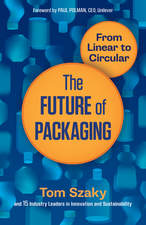



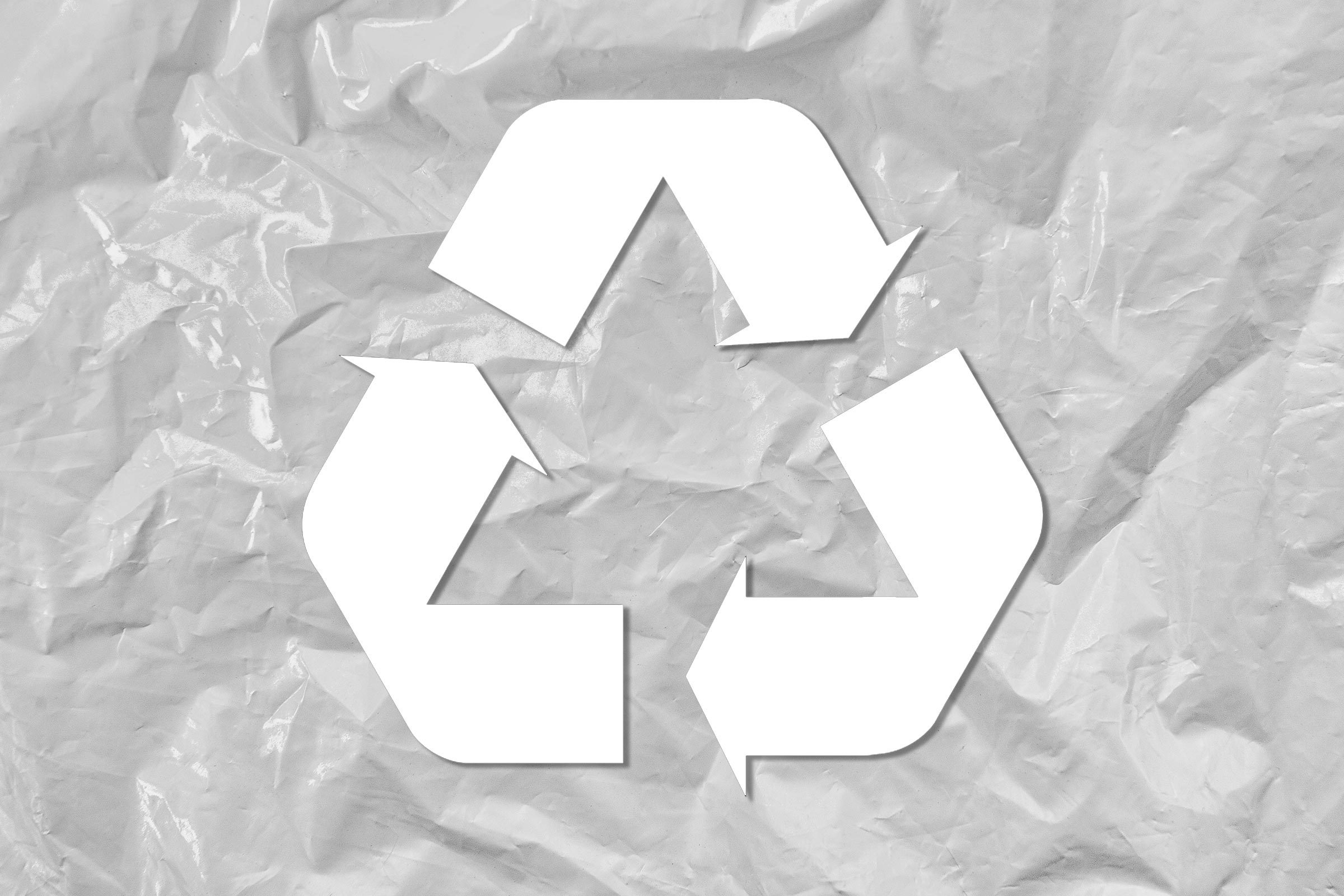 Americans use a shocking 100 billion single-use plastic bags a year—a huge number of which make their way into combined sewage overflows and then on to the ocean, where they pollute global waters and kill upwards of 100,000 marine animals per annum, according to the
Americans use a shocking 100 billion single-use plastic bags a year—a huge number of which make their way into combined sewage overflows and then on to the ocean, where they pollute global waters and kill upwards of 100,000 marine animals per annum, according to the  Any house with kids is likely to have a never-ending supply of crayons, some of which are too short to use or quickly fall out of favor. Instead of sending these non-biodegradable items to the landfill, though, you can give them a new life and new purpose by donating them. Programs like
Any house with kids is likely to have a never-ending supply of crayons, some of which are too short to use or quickly fall out of favor. Instead of sending these non-biodegradable items to the landfill, though, you can give them a new life and new purpose by donating them. Programs like 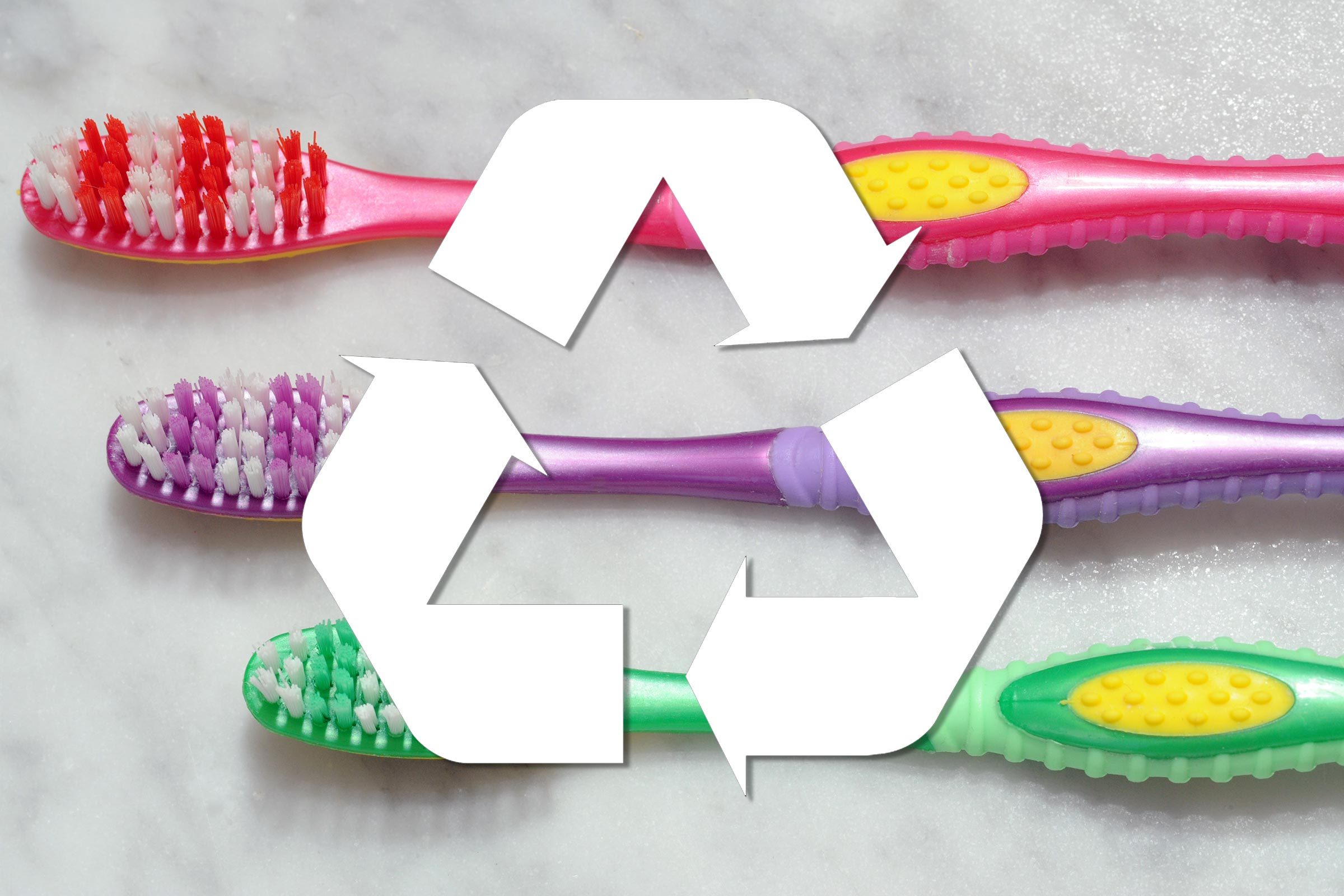 Eco-minded toothbrushes, made with sustainable materials like bamboo or with disposable, replaceable heads, are helping to keep some of the world’s 3.5 billion toothbrushes out of oceans and landfills every year. But you can do a more efficient job of disposing of the plastic ones too. A
Eco-minded toothbrushes, made with sustainable materials like bamboo or with disposable, replaceable heads, are helping to keep some of the world’s 3.5 billion toothbrushes out of oceans and landfills every year. But you can do a more efficient job of disposing of the plastic ones too. A 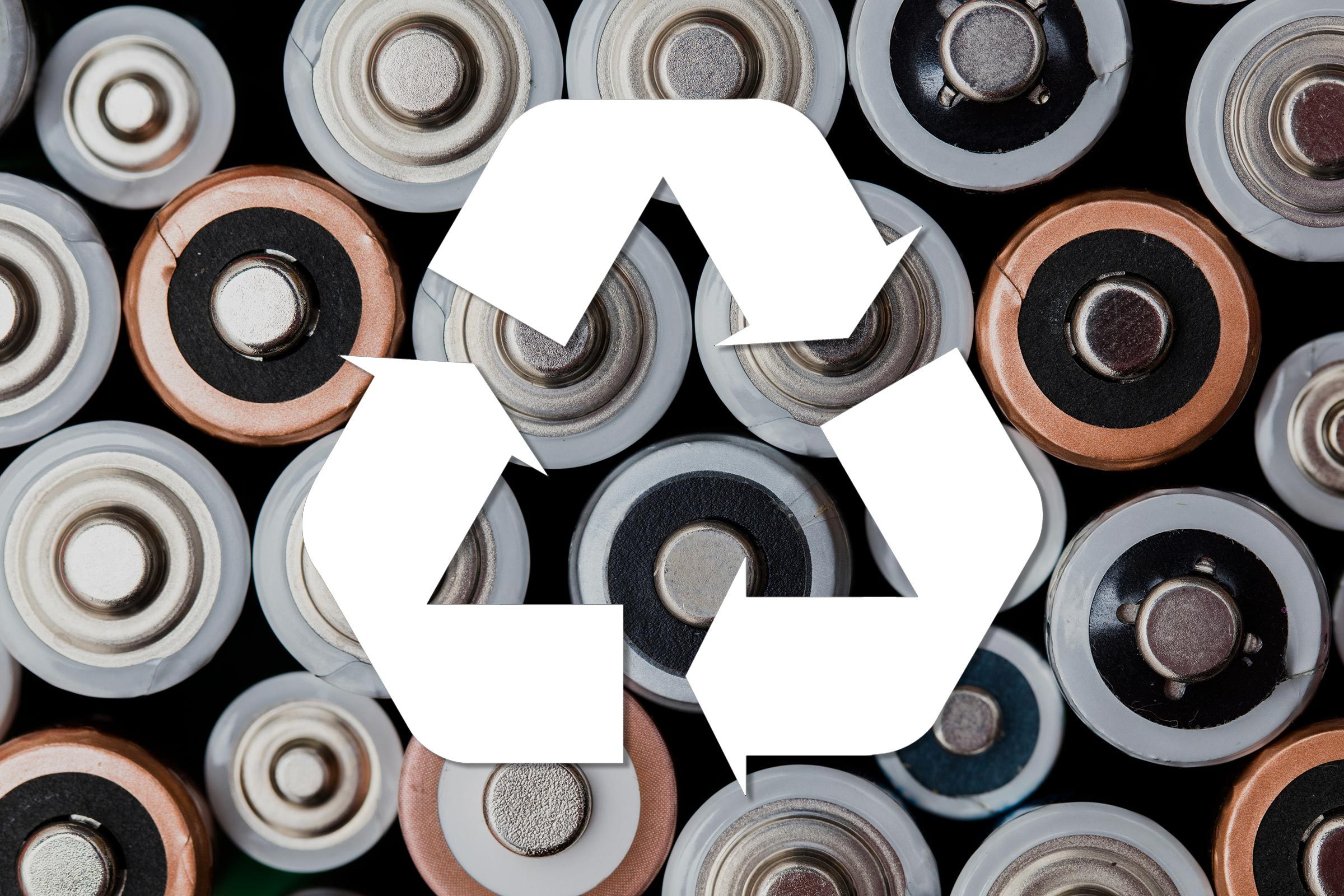 Tossed batteries are an ecological nightmare, corroding as they sit in the landfill and leaching toxic chemicals into the soil and the air, according to
Tossed batteries are an ecological nightmare, corroding as they sit in the landfill and leaching toxic chemicals into the soil and the air, according to 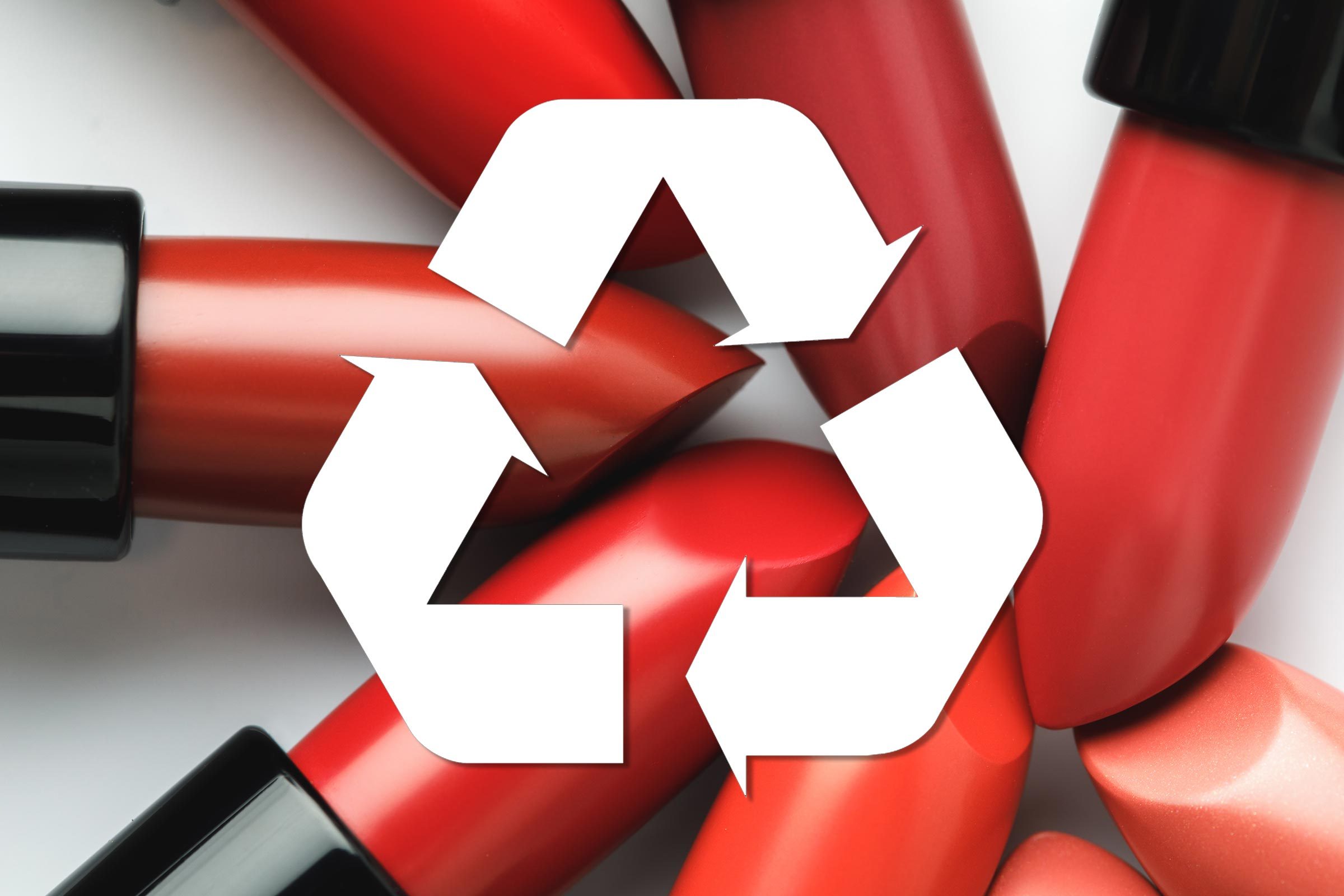 Y
Y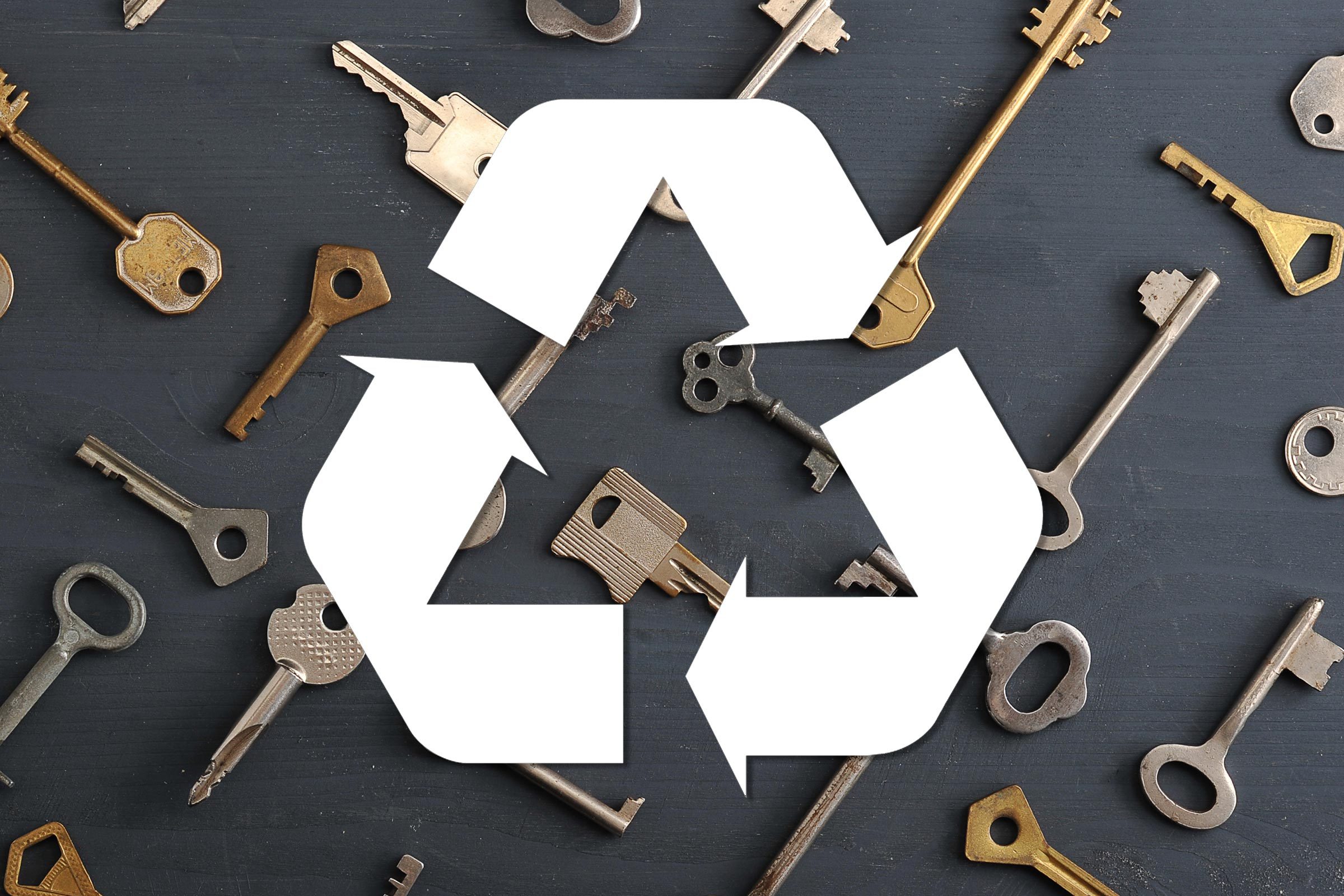 Almost everyone’s got a drawer in the house holding mystery keys they’ve been hanging on to for years. Rather than throwing them in the regular trash,
Almost everyone’s got a drawer in the house holding mystery keys they’ve been hanging on to for years. Rather than throwing them in the regular trash,  In our increasingly disposable society, Americans generate close to
In our increasingly disposable society, Americans generate close to  Livescience.com
Livescience.com  Remodeling your bathroom? Believe it or not, many recycling centers will take your old toilet and turn it into the concrete that goes into local roads and sidewalks.
Remodeling your bathroom? Believe it or not, many recycling centers will take your old toilet and turn it into the concrete that goes into local roads and sidewalks. 
 It’s inevitable—every winter you unpack the holiday decoration boxes, untangle the strings of white and colored lights, only to discover that at least one strand of them has gone dead. Programs abound for recycling them, and some even reward you with discounts or gift cards. You can find a list of possible drop-off spots at
It’s inevitable—every winter you unpack the holiday decoration boxes, untangle the strings of white and colored lights, only to discover that at least one strand of them has gone dead. Programs abound for recycling them, and some even reward you with discounts or gift cards. You can find a list of possible drop-off spots at 